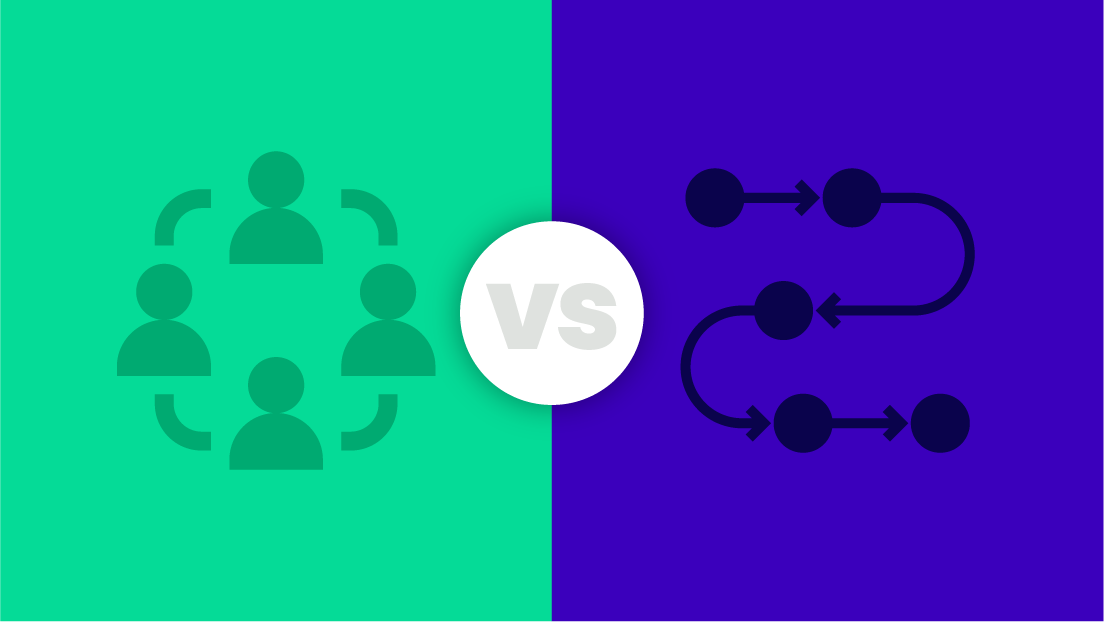The key to cash flow management is to receive payments on time and in full as often as possible. Unfortunately, this is easier said than done. It can also be difficult to track which clients are responsible for shortages in cash flow. Creating reports showing the aging of accounts receivable lines are the best way to determine who owes what, if it is overdue, and how long it has been overdue.
What Is the Aging of Accounts Receivable Method?
Most companies store customer data relating to how much customers owe and when payments are due. Organizations then classify overdue receivables into four main categories:
- 0 to 30 days is usually considered normal.
- 31 to 60 days is past due but not alarmingly so.
- 60 to 90 days is a concerning past-due classification.
- 90+ days is the zone with the highest risk of default.
The accounts receivable aging report displays this information in a table. The table lists all current customers, their balances, and how they are categorized. Companies can then use this information to determine how to proceed with collecting payments and whether it’s worth pursuing.
How Are Aging Schedules Used?
Businesses generally rely on accounting software and other apps to complete the aging analysis of accounts receivable. However, there is also an aging of accounts receivable formula that can be used. Companies might use this formula when digging deeper to determine the allowance for risky accounts.
Consider the following information for Company X:
- 1% overdue invoices for 0-30 days
- 5% overdue invoices for 31-60 days
- 10% overdue invoices for 61+ days
Its current accounts receivable shows the following totals owed:
- $500,000 due in 0-30 days
- $100,000 due in 31-60 days
- $20,000 due in 61+ days
The allowance for doubtful accounts would require determining the percentage of overdue invoices for each category and adding them:
(500,000 x 0.01) + (100,000 x 0.05) + (20,000 x 0.10) = 5,000 + 5,000 + 2,000 = $12,000 for doubtful accounts allowance
Importance of Accounts Receivable Aging Report
Now that you understand the accounts receivable aging process, it’s important to understand why you need it and how to leverage it for business growth. Doing so can simplify your cash flow management and collections processes.
Invoice Management
Sometimes, the cost of recovering payment costs more than the payment itself, especially if it’s necessary to hire collections professionals full-time or pursue litigation. For many businesses, early detection can make all the difference. The company can also determine when the write-off period should begin. For some companies, this is the 60-plus mark. Others might go up to 90-plus days.
Collections
Engaging with clients throughout the invoice and payment management process can make a tremendous difference. Sometimes, invoices get lost in a pile or buried in computer files. It may only take one or a few polite reminders to get the ball rolling. In some instances, when invoices are way past due it might only take the threat of dunning emails and warnings for companies to put in the extra effort to make the payment.
Client Management
Business success is as much dependent on relationships management as money management. The report can help companies determine which clients to nurture and the ones with which to sever ties as soon as the invoice is paid or written off. This can save companies a lot of time and money. It can also make it easier to determine the common characteristics of credit-worthy customers.
Taxes
According to the IRS, there are allowances for bad debt deductions from the business’s taxable income when filing. Managers should work with an experienced and certified accountant, but the reports provide a good starting point. They provide documentation to determine the options available and this could significantly reduce the company’s tax liability.
If completing these analyses seem complicated, you aren’t alone. This is why so many companies use technology like Gaviti to simplify their accounts receivables processes.
Speak to a Specialist to get started today.





















